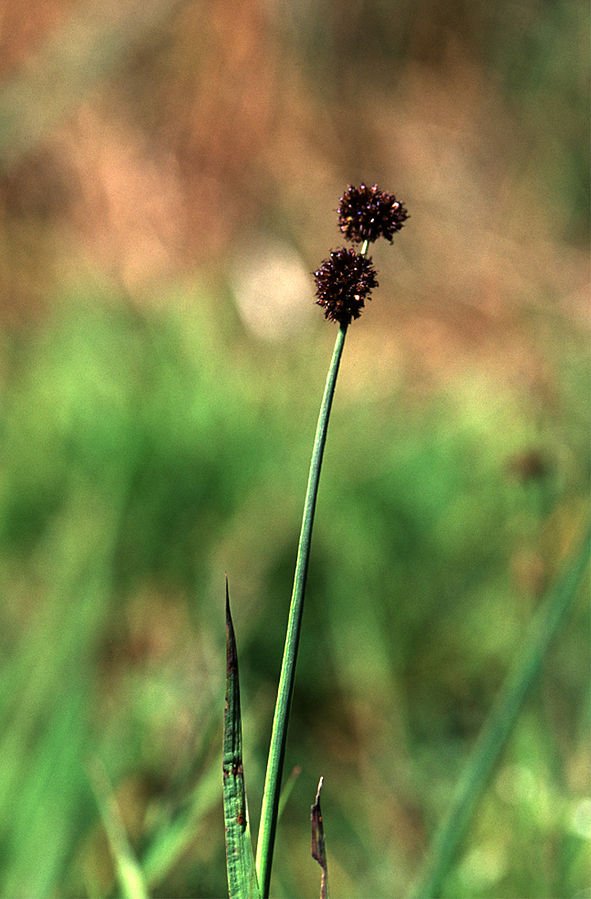Oregon white oak - Quercus garryana
Plant type: tree
Mature height: 65 ft; mature spread: 45 ft
(10 yr height: 10 ft, 10 yr spread: 8 ft)
Growth rate: Very slow
PPL: yes
Light - sun
Soil - dry
Ecological Functions: If you can only plant one tree, plant an oak! Top 30 plant host for caterpillar species, supports over 200 species of butterflies/moth caterpillars! (Therefore: bird magnet!) Cover for wildlife, nest sites for birds, pollen and/or nectar producer, food for: birds, mammals and caterpillars.
Plant type: tree
Mature height: 65 ft; mature spread: 45 ft
(10 yr height: 10 ft, 10 yr spread: 8 ft)
Growth rate: Very slow
PPL: yes
Light - sun
Soil - dry
Ecological Functions: If you can only plant one tree, plant an oak! Top 30 plant host for caterpillar species, supports over 200 species of butterflies/moth caterpillars! (Therefore: bird magnet!) Cover for wildlife, nest sites for birds, pollen and/or nectar producer, food for: birds, mammals and caterpillars.
Plant type: tree
Mature height: 65 ft; mature spread: 45 ft
(10 yr height: 10 ft, 10 yr spread: 8 ft)
Growth rate: Very slow
PPL: yes
Light - sun
Soil - dry
Ecological Functions: If you can only plant one tree, plant an oak! Top 30 plant host for caterpillar species, supports over 200 species of butterflies/moth caterpillars! (Therefore: bird magnet!) Cover for wildlife, nest sites for birds, pollen and/or nectar producer, food for: birds, mammals and caterpillars.
Oaks sustain a crucial and complex web of wildlife above ground but are just as impressive underground, producing enormous root systems that make them champions of carbon sequestration, soil stabilization, and watershed management.
Plant oak trees close together to make a grove. Their roots interwine so they are able to support each other in heavy winds and rains. Don’t have room in your yard for the King of the Trees? Even if you had to cut it down and replace it in 15 years, that is still 15 years that it was able to contribute to the local habitat.











